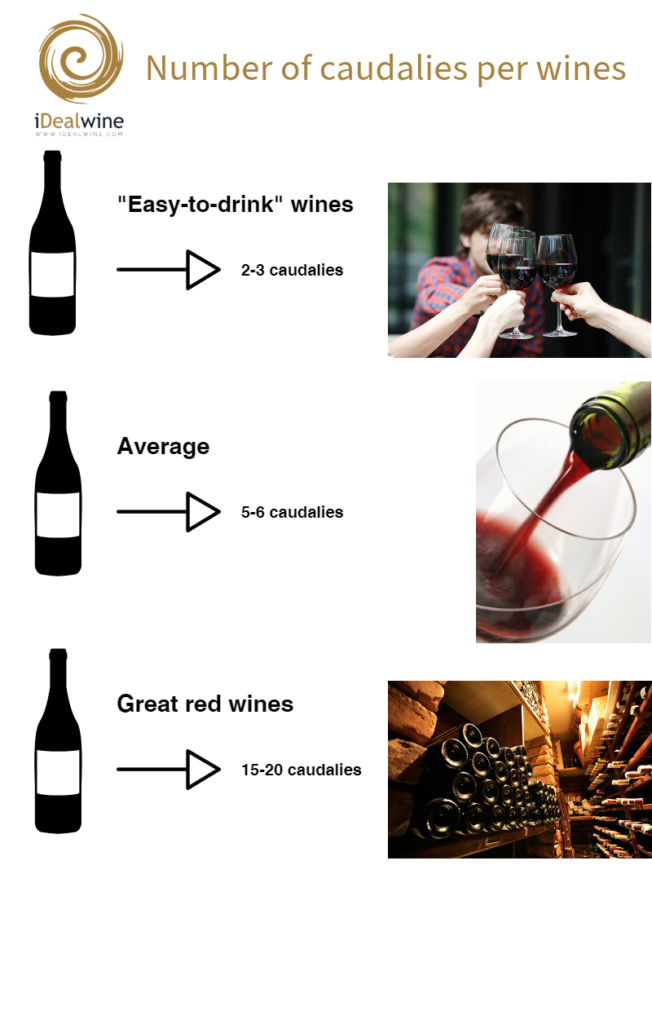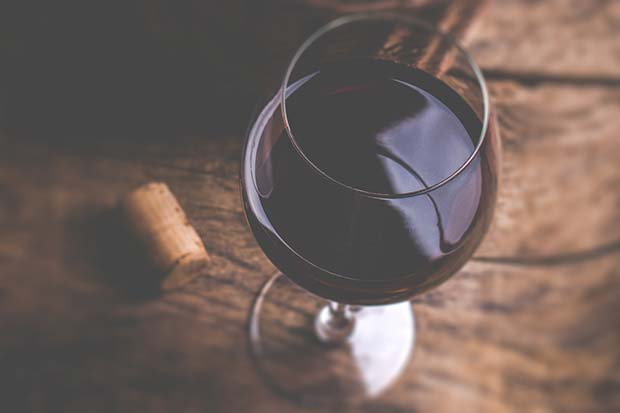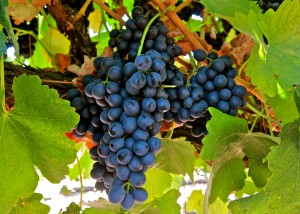Nice length on the palate, remarkable persistence, exceptionally long in the mouth… What exactly do these strange terms, often heard during wine tastings, mean?
What is a long finish mean when tasting?
Far from any size or distance measurement, the length of a wine expresses how long its aromas persist on the palate, after the wine has been swallowed (or spat out). This length is fundamental to characterise the quality and nobility of a wine, as well as the talent of the winemaker.
However, a long finish only rhymes with quality when it is pleasant! There are many wines of which the length should be reduced to its minimum, and yet they persist for several long seconds on the palate…
But where does this much-talked-about long finish come from? The answer is unfortunately not simple: it results from a multitude of oenological decisions and from the alchemy that is created between aromatic molecules, pectins, tannins and polyphenols of the wine and our own saliva. Red wines, richer in polyphenols and tannins than white ones, will tend to last longer on the palate. A very light rosé, not very intense, is very likely to vanish quickly in the mouth. On the other hand, there is no link between a long finish and the wine’s age.
How to determine a long finish in a wine?
To qualify a long finish, oenologists also speak of PAI for “Persistance Aromatique Intense” (in English: intense aromatic persistence). This persistence is measured with caudalies. What is this curious unit?
A caudalie is a unit of measurement of the wine’s persistence in the mouth, which is simply equivalent to a second. To measure a length in caudalies, it is first necessary to taste the wine and to let it circulate throughout your mouth. Once the wine has been swallowed or spat out, start counting the number of seconds during which the main aromas of the wine persist on the palate. When the aromas have vanished, the counter stops.
Nobody knows the absolute truth for wine tasting. The perception of aromas and flavours, in addition to being different for everyone, also varies according to the setting: before, during or after a meal for example. The sensations during a tasting are therefore subjective, to the extent that professionals themselves don’t agree on the exact number of caudalies of each wine.
However, measuring the length of a wine allows professionals and amateurs to highlight trends. The scale of caudalies ranges from two to three for a small easy-to-drink wine, to about ten seconds for great wines, via an average of 5-6 caudalies for most bottles. It even happens that some very great red wines, featuring exceptional vintages, reach 15-20 caudalies… A nice way of delighting your taste buds!

See all wines currently on sale
Receive a free estimate of your cellar





Diving into the concept of a long finish for a wine on this blog was truly enlightening! It’s fascinating to learn how the lingering flavors and aromas after each sip can speak volumes about the wine’s quality and complexity. A long finish seems to add an extra layer of richness to the tasting experience, leaving a lasting impression on the palate.